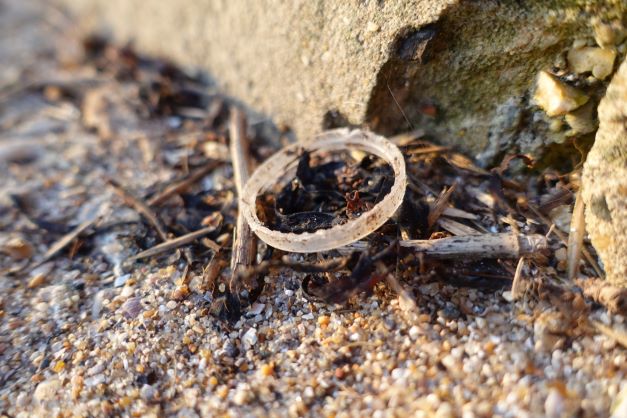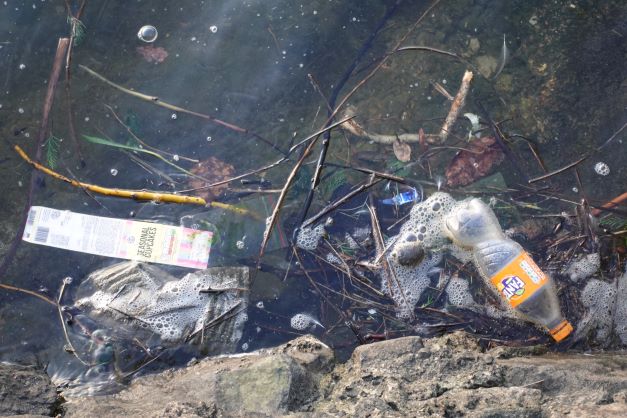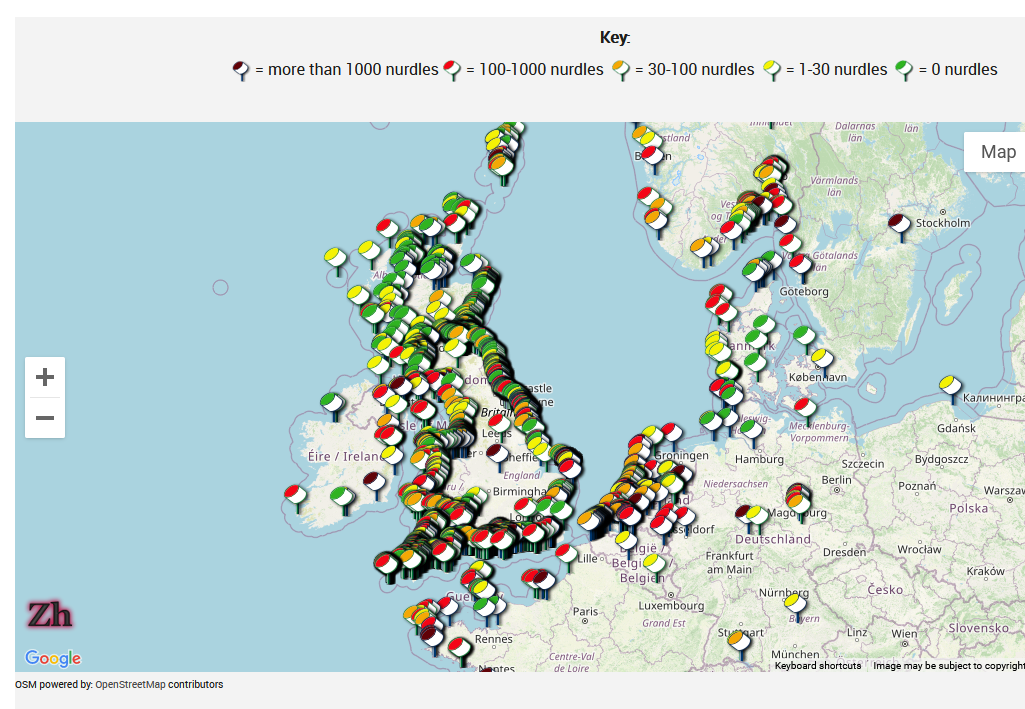A question that the European Commission was trying to answer in the release of their ‘Future Brief: nanoplastics: state of knowledge and environmental and human health impacts -Issue 27‘ . Whilst there has been some debate about the definitions of these different groups of plastics classified by size, typically microplastics are taken as less than 5mm and nanoplastics by less than 1μm. However, what is agreed is that the smaller the particular the more of a hazard it is likely to pose. At 1μm, nanoparticle sized plastics may cross into cells.


Microplastics and nanoplastics have been found in a wide range of media including:
- Human blood (https://pubmed.ncbi.nlm.nih.gov/35367073/)
- On our beaches eg ‘over 60,980 nurdles collected from a single 100m stretch of beach for an undergraduate degree project’
- in the air we breathe ( ‘Researchers in London found ‘Microplastics were found in all samples, with deposition rates ranging from 575 to 1008 microplastics/m2/d’)
- to be able to enter the food chain (https://pubmed.ncbi.nlm.nih.gov/36150226/)
- in our soils ( ‘Researchers from Cardiff University and University of Manchester found that ‘500 -100 microplastic particles per square meter of agricultural land were applied per year‘)
- in Rivers e.g University of Bangor found more than 1000 pieces of plastic per litre of water in the River Thame‘

By comparison in the UK drinking water treatments appear to successfully remove microplastics with research suggesting that 99.9% of microplastics are removed from drinking water during the treatment of raw water sources. Indicating that our exposure through this route might be limited. Nevertheless, the exposure through other routes due to the widespread prevalence and persistence in the environment is a pressing consideration. So what are the real risks posed to human health and the environment that may arise from:
- the type of plastic polymer (some types are more hazardous than others);
- additives to plastics which are hazardous and changes that might cause these to leach; and
- chemicals that may attach to plastic particles e.g Polychlorinated Bipheyls (PCBs) that are already known to be hazardous to human health and the environment.
There is much on-going research in what is a complex area of study of invisible particles that are difficult to detect yet alone investigate any detrimental effect. However, concern has driven governments to start reducing plastics at source, something we can all contribute to. In addition, many governments are looking into undertaking research to understand the risks posed through dermal, inhalation and oral exposure. So where is the UK currently in terms of evaluation of the microplastic risk to health? In 2021 the UK Committee on Toxicity (CoT) concluded that ‘it is not yet possible to perform a complete assessment for the potential risks from exposure to micro and nanoplastics via the oral and inhalation routes‘ and that further research would be required. CoT ‘highlighted that additional information will be needed from all exposure sources, which include indoor and outdoor air, dust and soil, before a risk assessment can be completed.’ To read the full CoT click here.


